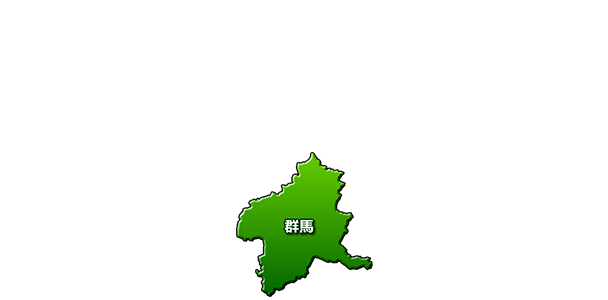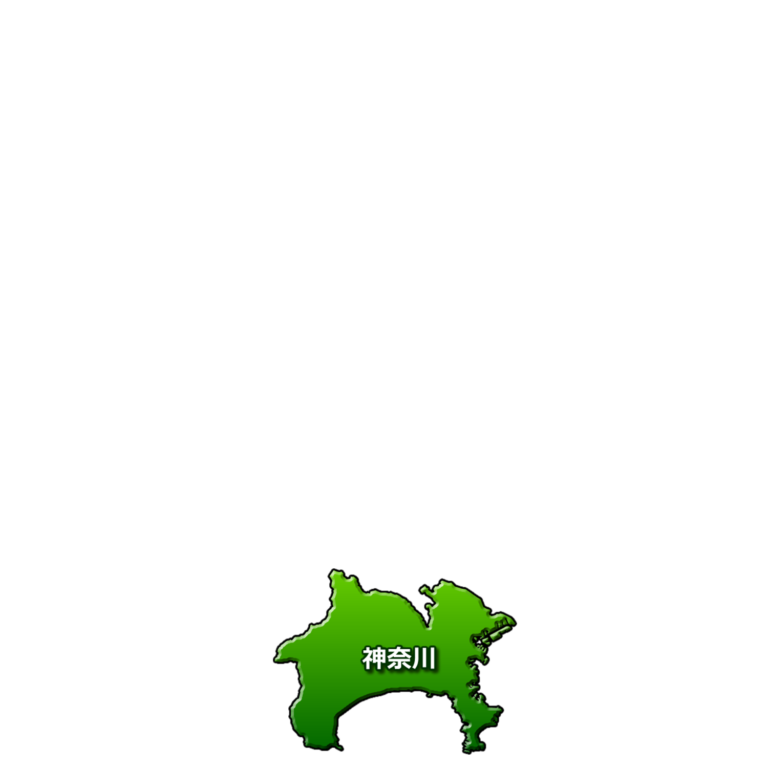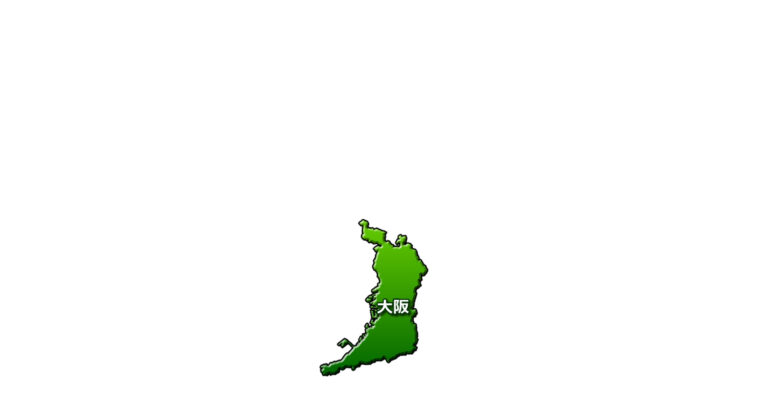We will introduce you to the groundwater situation in Aichi Prefecture and related websites that are useful for utilizing groundwater.
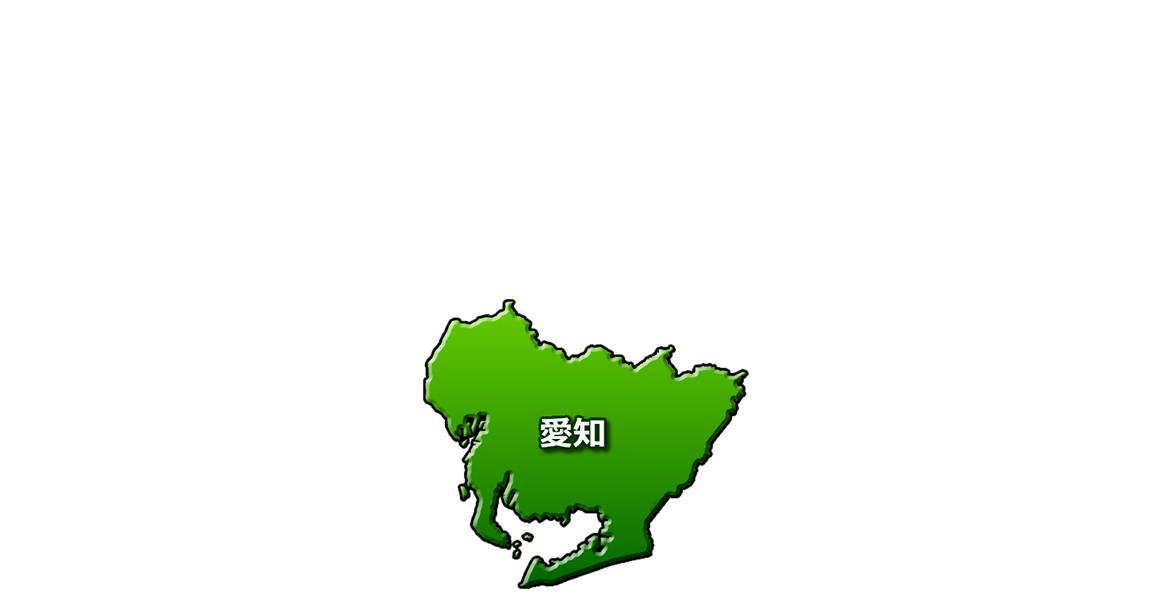
Overview of groundwater and groundwater heat utilization in Aichi Prefecture
When promoting the use of groundwater and groundwater heat, the most important thing is the availability of groundwater.
This page summarizes the groundwater situation in Aichi Prefecture and useful groundwater-related websites.
*This information is current as of December 2018. Please check the latest information when making your decision.
Ordinances on groundwater use
The first information you should check is each local government's ordinance regarding groundwater pumping.
When using groundwater, you must submit a notification and comply with regulations regarding the amount of groundwater to be collected and the diameter of the well, etc., in accordance with this ordinance.
In Aichi Prefecture, regulations are mainly based on the following laws and ordinances.
① Industrial Water Law
② Ordinance on the preservation of the living environment of the prefecture's residents
③ City ordinances (Nagoya City, Handa City, Tsushima City)
———————————————————–
<First, please check the applicable laws and regulations>
①The areas covered by the Industrial Water Act are shown below.
This only applies to wells for industrial purposes (manufacturing, electricity supply, gas supply, and heat supply).
Where applicable, this takes precedence over local ordinances.
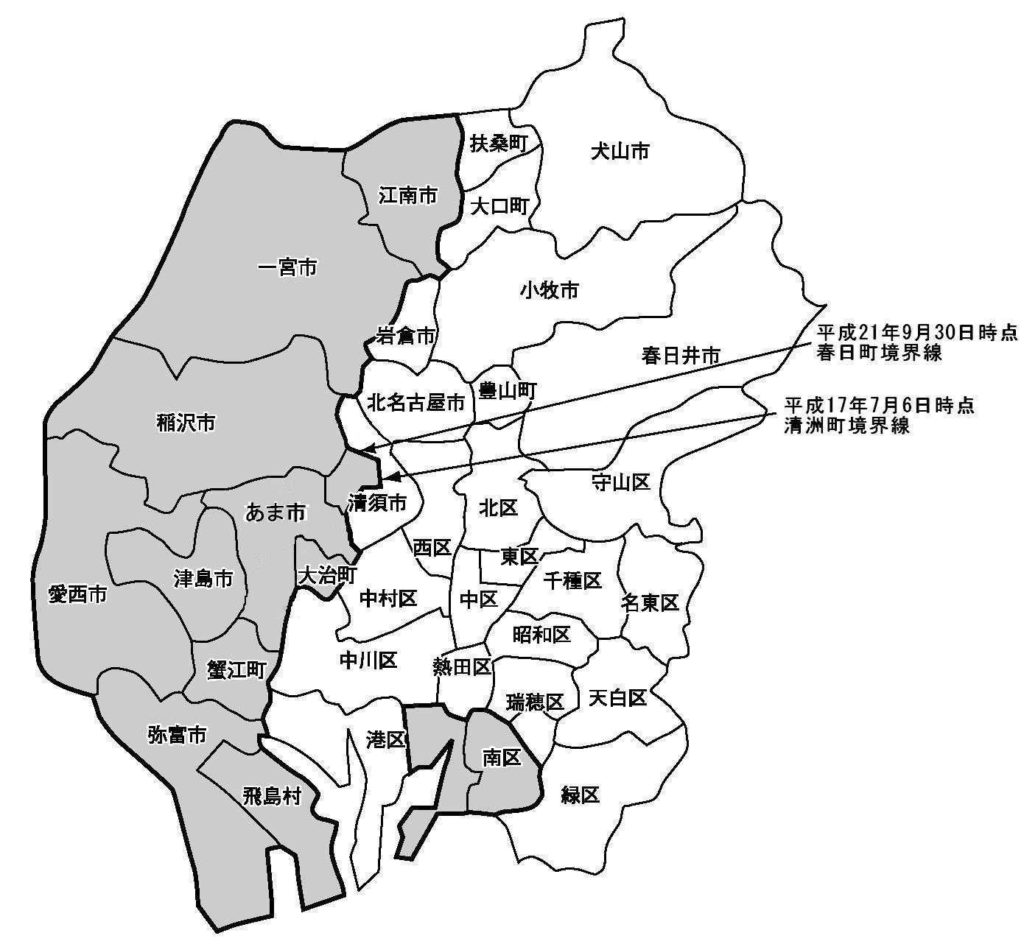
Figure 1: Areas subject to the Industrial Water Law in Aichi Prefecture (from the Aichi Prefecture website)
②The areas covered by prefectural ordinances are complex.
"Restricted areas (Types 1, 2, and 3)" where installation is regulated, and
There are areas where installation of water measuring devices is mandatory, and only the measurement and reporting of water volume is required.
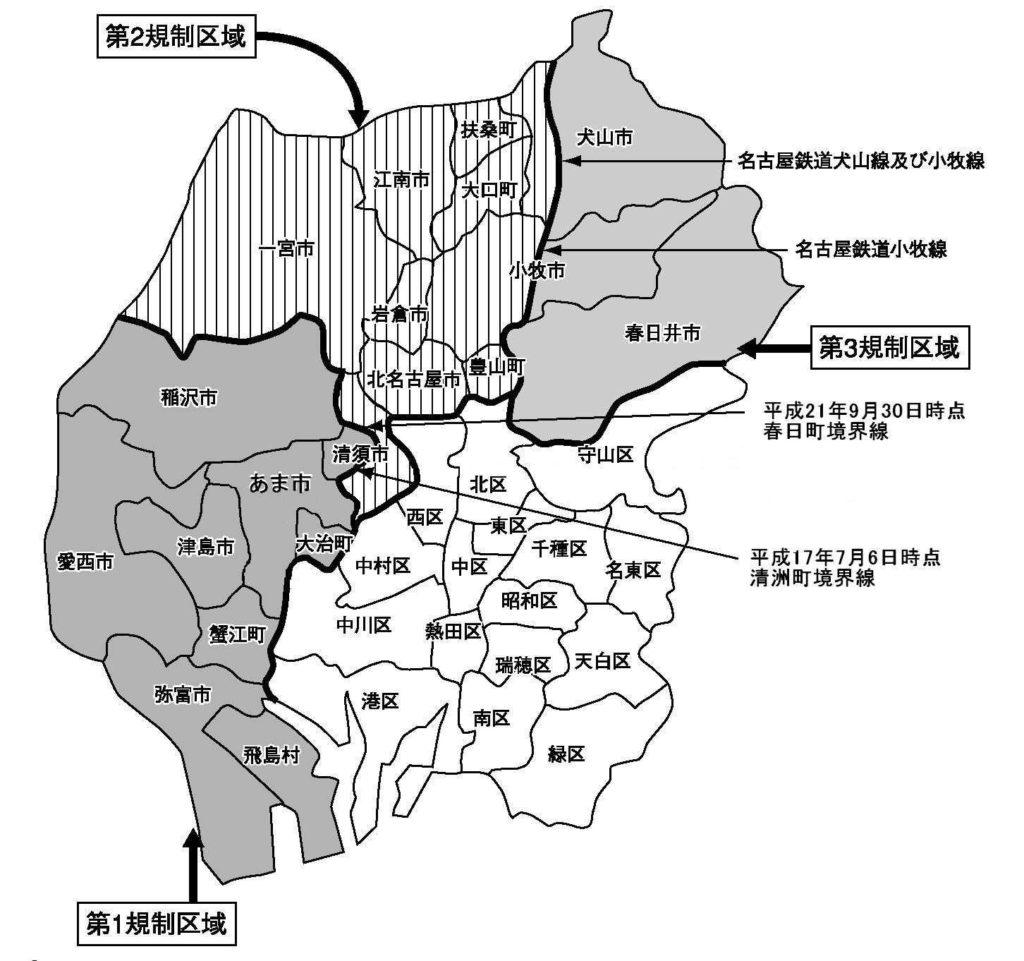
Figure 2: Restricted areas according to Aichi Prefecture ordinance (from the Aichi Prefecture website)
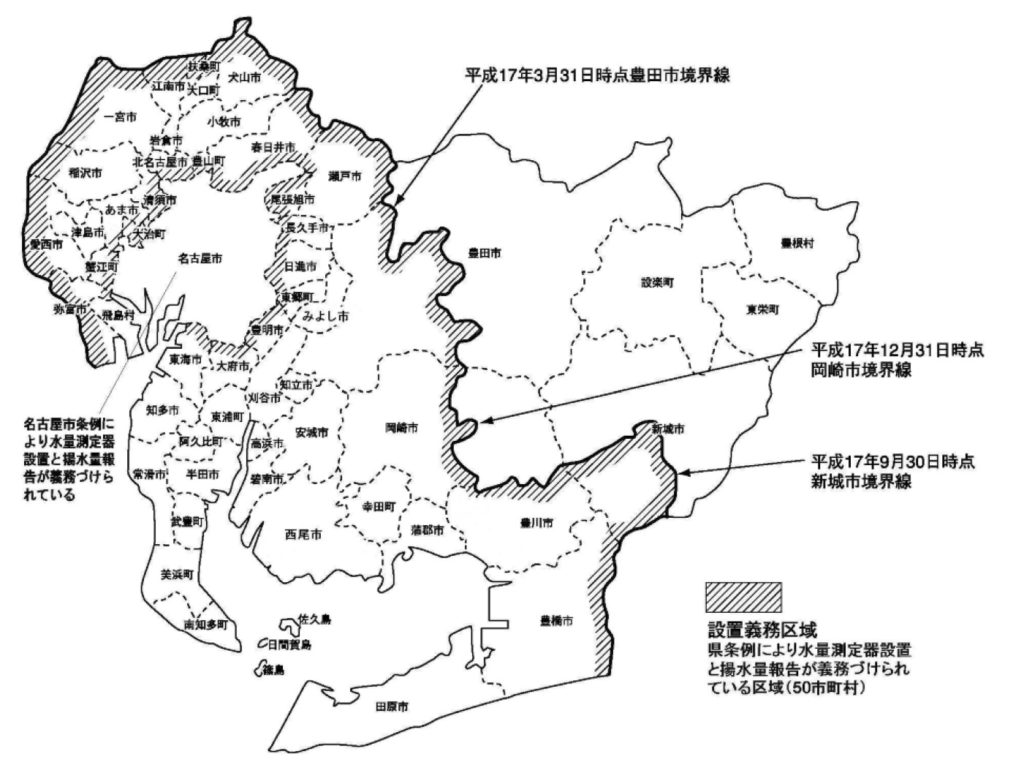
Figure 3: Areas where installation of water volume measuring devices is mandatory according to Aichi Prefecture ordinance (from the Aichi Prefecture website)
———————————————————–
●Regulations in areas subject to the Industrial Water Law
The conditions differ between the target areas in Nagoya City (parts of Minami Ward and Minato Ward) and the target areas in the Owari region.
Target areas in Nagoya City (Part of Minami Ward and Part of Minato Ward, excluding areas west of Horikawa and Shiomi-cho)
1) For wells with pump outlet diameters of 46 cm2 or less (effectively 75A or less), the strainer depth (pumping depth) is less than 80 m below the ground surface.
2) For wells with pump discharge diameters exceeding 46 cm2 (effectively 80A or more), the strainer depth (pumping depth) is less than 300 m below the ground surface.
Target areas in Nagoya City other than those mentioned above
1) For wells with pump outlet diameters of 46 cm2 or less (effectively 75A or less), the strainer depth (pumping depth) is less than 90 m below the ground surface.
2) For wells with pump discharge diameters exceeding 46 cm2 (effectively 80A or more), the strainer depth (pumping depth) is less than 180 m below the ground surface.
Owari region
1) The strainer depth (pumping depth) is 10m or less or 2,000m or more below the ground surface.
2) and pump discharge diameter 6 to 19 cm2 (effectively 40A or less)
and obtain permission from the governor.
Except in special circumstances or for domestic use, it is virtually impossible to install new wells.
One common point is that for small-diameter wells (diameter 6 cm2 or less), only a small-diameter well installation plan needs to be submitted.
Domestic wells are exempt from the regulations.
●Regulated areas according to prefectural ordinances (common to types 1, 2, and 3)
1) The strainer depth (pumping depth) is less than 10m below the ground surface.
2) Pump outlet diameter: 6 to 19 cm2 (effectively 40A or less)
3) Pump rated output 2.2kW or less
4) Pumping volume: 350 m3/day or less (total for each facility)
and obtain permission from the governor.
When installing a new well, it is necessary to check carefully whether there is enough water at a depth of less than 10m.
In the case of small-diameter wells (diameter 6 cm2 or less), only a small-diameter well installation plan needs to be submitted.
Domestic wells are exempt from the regulations.
Areas where installation of water flow measuring devices is mandatory according to prefectural ordinance
When installing a well with a pump discharge diameter of 19 cm2 or more (actually 50A or more, total for multiple wells),
At the time of installation, it is mandatory to install a water volume meter and to submit an annual report on the volume of water pumped.
Basically, there are no restrictions on pumping capacity.
●Nagoya City
Basically, it follows the prefectural ordinance, but even if the pump outlet diameter is 6cm2 or less (effectively 25A or less),
For wells other than for domestic use, a notification of installation and a report of pumping volume are required.
In addition, when carrying out underground excavation work, prior notification and reporting of groundwater discharge volumes are required.
●Handa City
If you are installing a well with a pump discharge diameter of 6 cm2 or more (effectively 32A or more), you must submit an installation notification in advance.
Other basic regulations are in accordance with prefectural ordinances.
●Tsushima City
If you wish to install a well, you must consult with the city in advance.
Other regulations include the appointment of a groundwater usage liaison officer.
<Link>
List of ordinances and regulations concerning groundwater extraction regulations in Aichi Prefecture (Ministry of the Environment)
https://www.env.go.jp/water/jiban/sui/j23.html
Overview of Aichi Prefecture Groundwater Regulations (Aichi Prefecture)
https://www.pref.aichi.jp/soshiki/mizutaiki/0000034729.html
Summary of Aichi Prefecture Groundwater Regulations (Aichi Prefecture)
https://www.pref.aichi.jp/ricchitsusho/gaiyou/files/sankou02.pdf
Aichi Map (You can check on the map whether the area is restricted or not)
http://profile.maps.pref.aichi.jp/lib/map.php?mid=1000066&UNAME=guest
Wastewater Ordinances and Regulations
● Water quality standards for discharged water
When discharging groundwater used in a factory or business into a drain, river, etc., it is necessary to comply with the water quality standards set out in the Water Pollution Control Act.
It is rare for groundwater itself to exceed the standard values, but there are cases where pollutants from soil contamination have flowed in, so it is necessary to check in advance.
When groundwater contamination is confirmed in each local government, the data is made public.
●Discharge into the sewer system and sewerage fees
When used groundwater is discharged into the sewer system, a sewerage fee is charged according to the amount discharged.
When groundwater is used as drinking water, sewerage charges are generally determined based on the water intake meter.
However, if groundwater used as a heat source is discharged into a drain or river, it is often possible to have it not counted in sewerage charges by checking with the local government in advance.
●Other
Depending on the region, associations and other groups may have their own rules.
Please be careful if this affects agricultural associations, hot spring associations, industrial complexes, etc.
<Link>
Wastewater quality standards (Gunma Prefecture)
http://www.pref.gunma.jp/04/e0900062.html
Overview of the sewerage system (Gunma Prefecture)
http://www.pref.gunma.jp/06/h6610020.html”
Groundwater Resources
Aichi Prefecture is known as a region rich in water, as represented by the three major rivers, Kiso, Ibi, and Nagara, which flow into the Nobi Plain.
There are many areas where groundwater gushes out naturally, and in the past it was used for agricultural purposes, and during the period of high economic growth, groundwater was used in the textile and chemical industries, particularly in the Owari region, so the prefecture is truly blessed with groundwater.
However, excessive pumping has caused land subsidence, and in addition to the strict regulations mentioned above, local governments have begun to monitor the situation.
Although land subsidence is currently showing signs of slowing down, when using groundwater, it is still necessary to observe cooling regulations and to design wells that take into account the risk of subsidence.
As an area extremely rich in water resources, with proper planning, groundwater utilization is effective in this prefecture.
Water quality and depth vary from region to region. While some areas have water that is suitable for drinking, coastal areas tend to have saline water, so it is important to have an expert check in advance.

